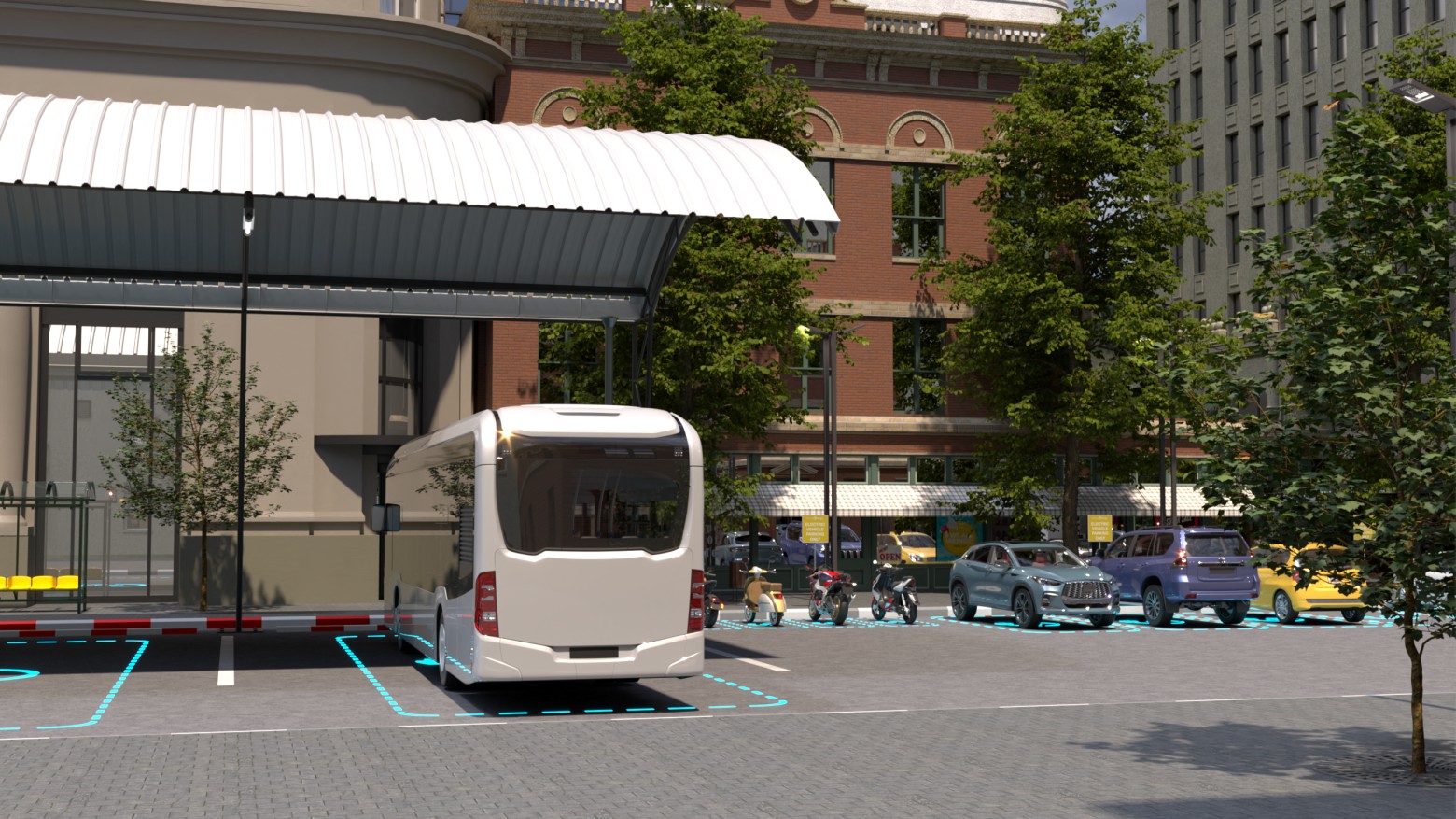ABOUT US
Welcome to the Future of Charging
Remote Energy is a pioneer in wireless capacitive car charging. While most wireless charging solutions utilize electromagnetic induction to transfer energy through a magnetic field flux, Remote Energy’s groundbreaking technology enables wireless charging based on capacitive wireless power transmission (CWPT). This innovative technology developed by the company offers significant advantages, including capability of aftermarket installation for all vehicles at lower costs compared to existing systems.
Remote Energy’s technology is currently in advanced development phase.

Competitive Advantages
Some of the benefits our solution provides

Low-cost vehicle installation

Minimal Conductivity Loss

Minimum system size at car side

Minimal misalignment issues

Prevention of electromagnetic radiation

Low cost for system deployment
solutions

FAQ
ask us anything
Why is wireless charging part of the future of transportation?
Future transportation will be electric, and vehicles will be mostly autonomous. Charging autonomous vehicles requires wireless charging.
Wireless charging has many advantages:
Prevention of vandalism – the system is hidden from view and its elements are not accessible, thus avoiding the problem of vandalism which may take place in the urban area.
Convenience and full process automation is the main factor of autonomous transportation progress. In the non-autonomous vehicles, the manufacturers are competing to improve the driver comfort. Wireless charging will be a significant improvement in the user experience.
The leading car manufacturing companies already have invested in wireless charging. They all foresee wireless charging as a central part of their future activities.
What is unique about your technology?
Most car manufacturing companies have solved the problem of wireless charging with inductive coupling technology, employing energy transmission by magnetic induction from a TX coil, a part of the road/parking lot, to a RX coil located at the bottom of the vehicle.
This method has several disadvantages:
1/ Requires strict transverse alignment of TX and RX coils
2/ Incorporates expensive and bulky copper coils and H-Field absorbing material
3/ Exposes the user to hazardous magnetic radiation, which necessitates the use of H-Field absorbing panels on the vehicle side
4/ Requires pre-planning and the vehicle mechanical modifications
5/ Increases the TX subsystem deployment cost and complexity.
We transfer energy by the method of capacitive coupling. To transfer the energy we use electric fields instead magnetic fields.
Our method has many advantages:
1/ The method is not sensitive to the overlap required between the TX and RX coils.
2/ The whole system is much cheaper.
3/ The system is safer for users. It is much easier to block an electric field radiation than radiation of a magnetic field, thus eliminating the passengers exposure.
4/ The vehicle part of the system will be smaller, which will allow installation in any vehicle without the need of pre-planning and significant vehicle modification.
What do you know how to do that others don't?
Recent studies proved that the capacitive method may ensure sufficiently high power density and to be not less effective than systems based on magnetic coupling.
The main problem of transferring energy by capacitive method is the impact of co-located metallic and dielectric bodies on the system performance.
The solution that resolves this problem is the ‘holy grail’ of capacitive energy transfer technology. As far as we know, no practical and commercially available solution to this problem has yet been presented. The bulk of the company’s knowledge and its IP is in two novel methods enabling to overcome this problem.
Beyond that, our system has all the advantages that can provide the system modular architecture.
let’s talk
Your Energy is about to take off
Schedule a free consultation with our team to learn more about our innovative solutions.
